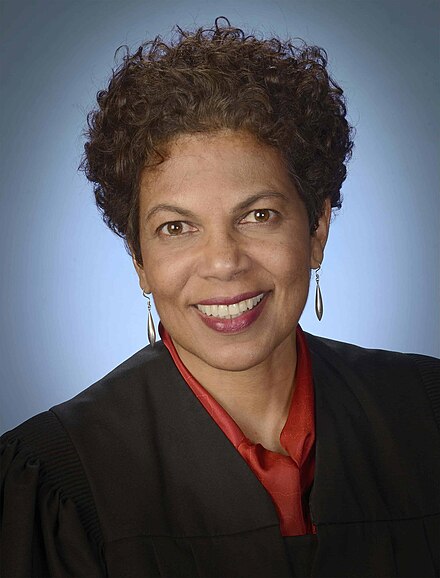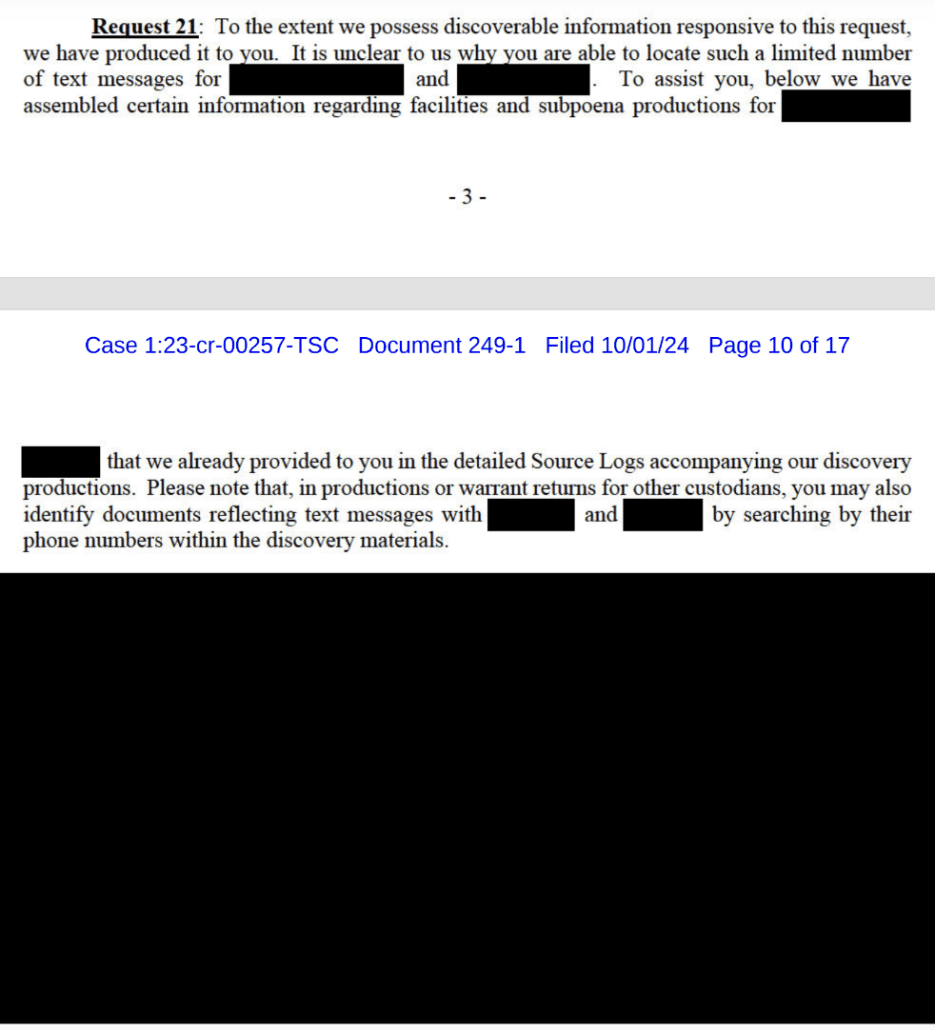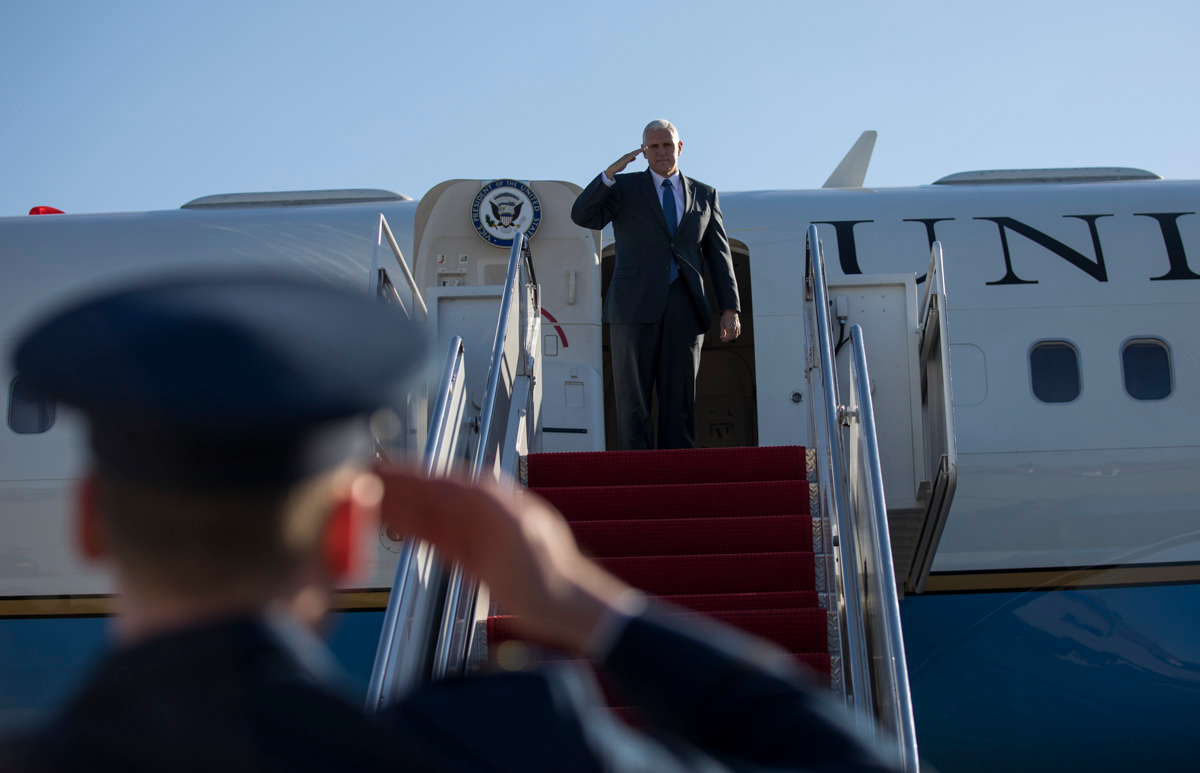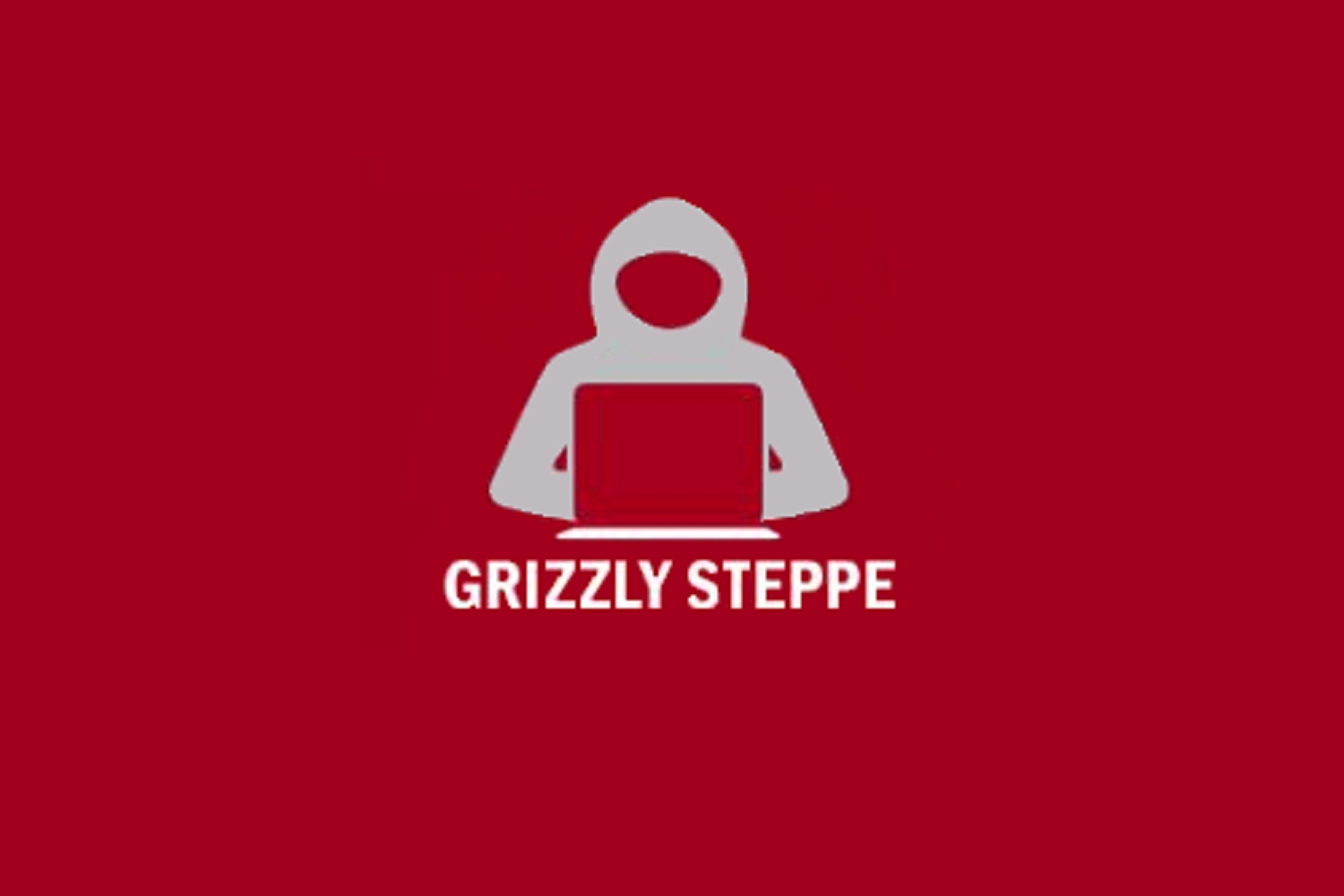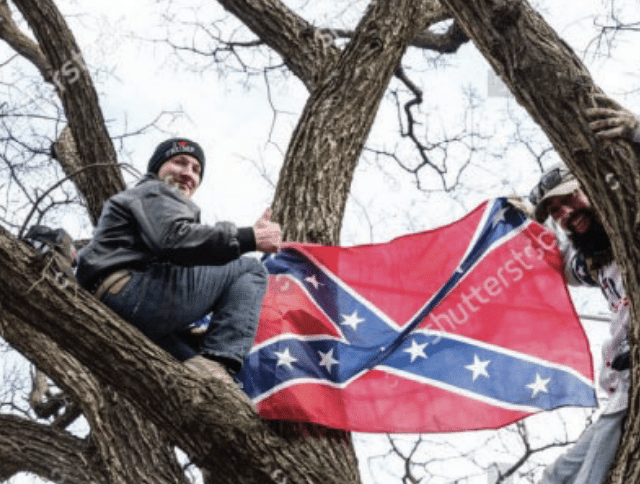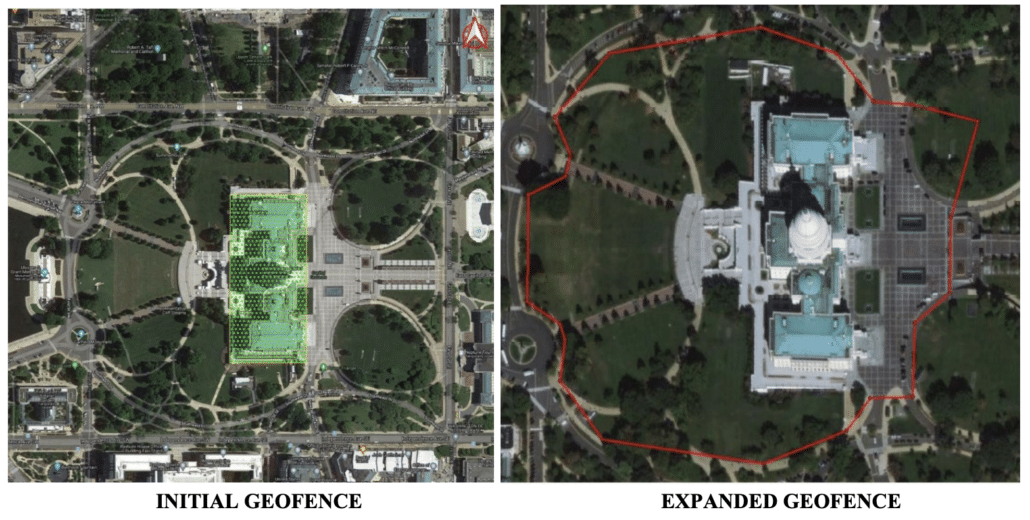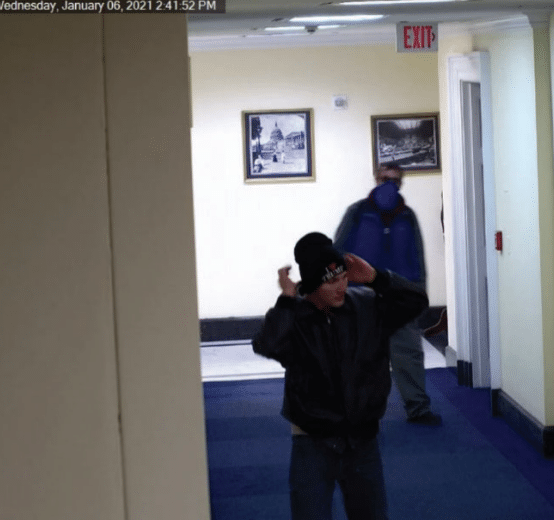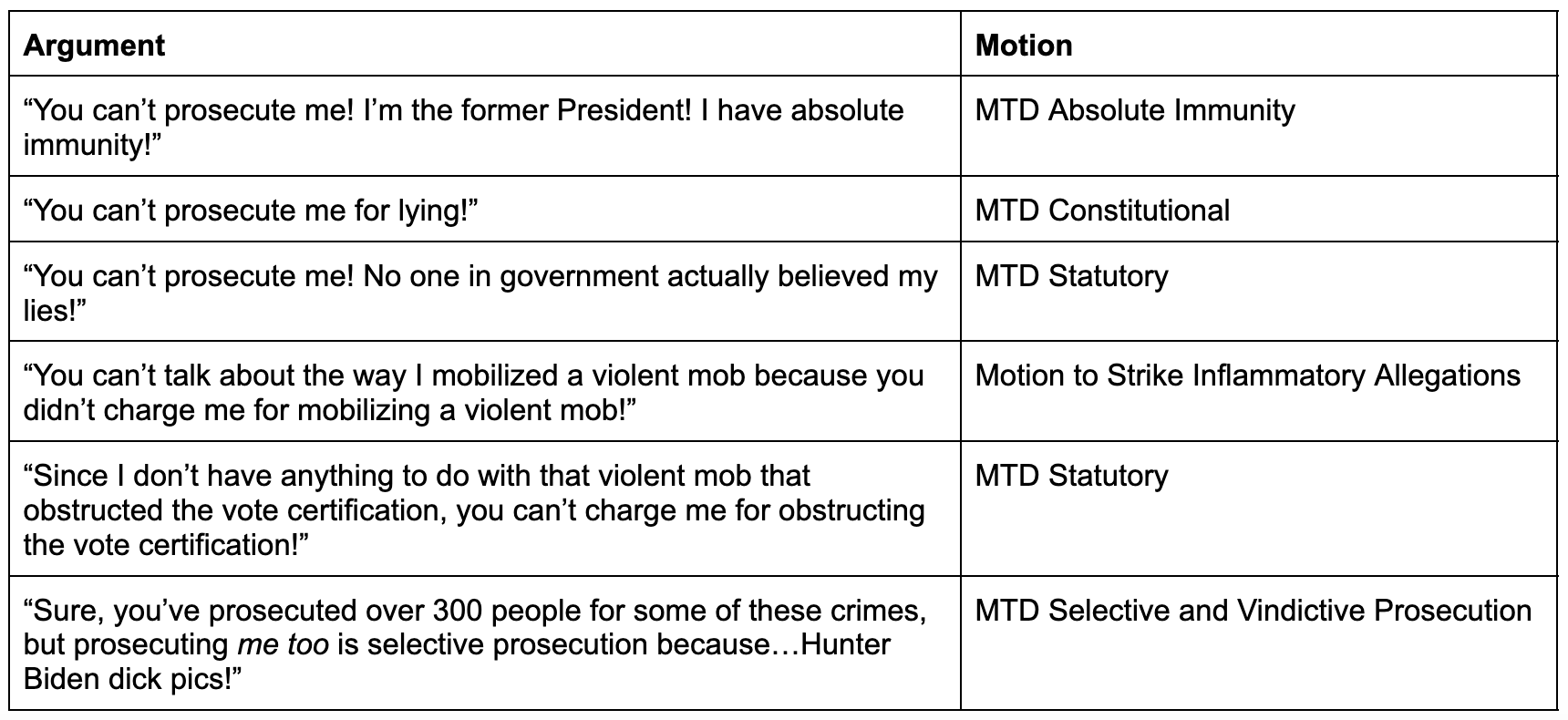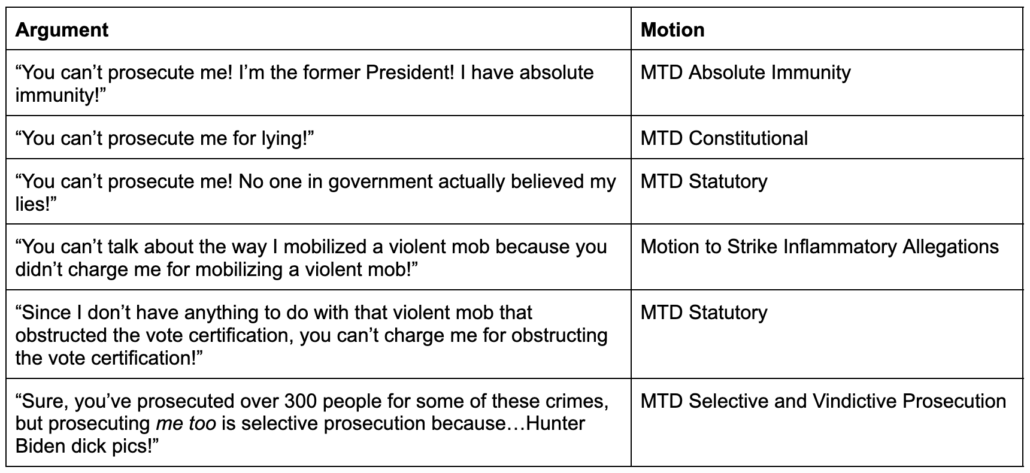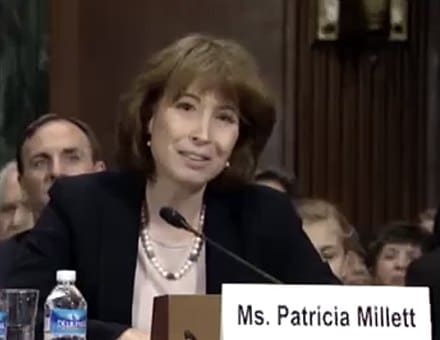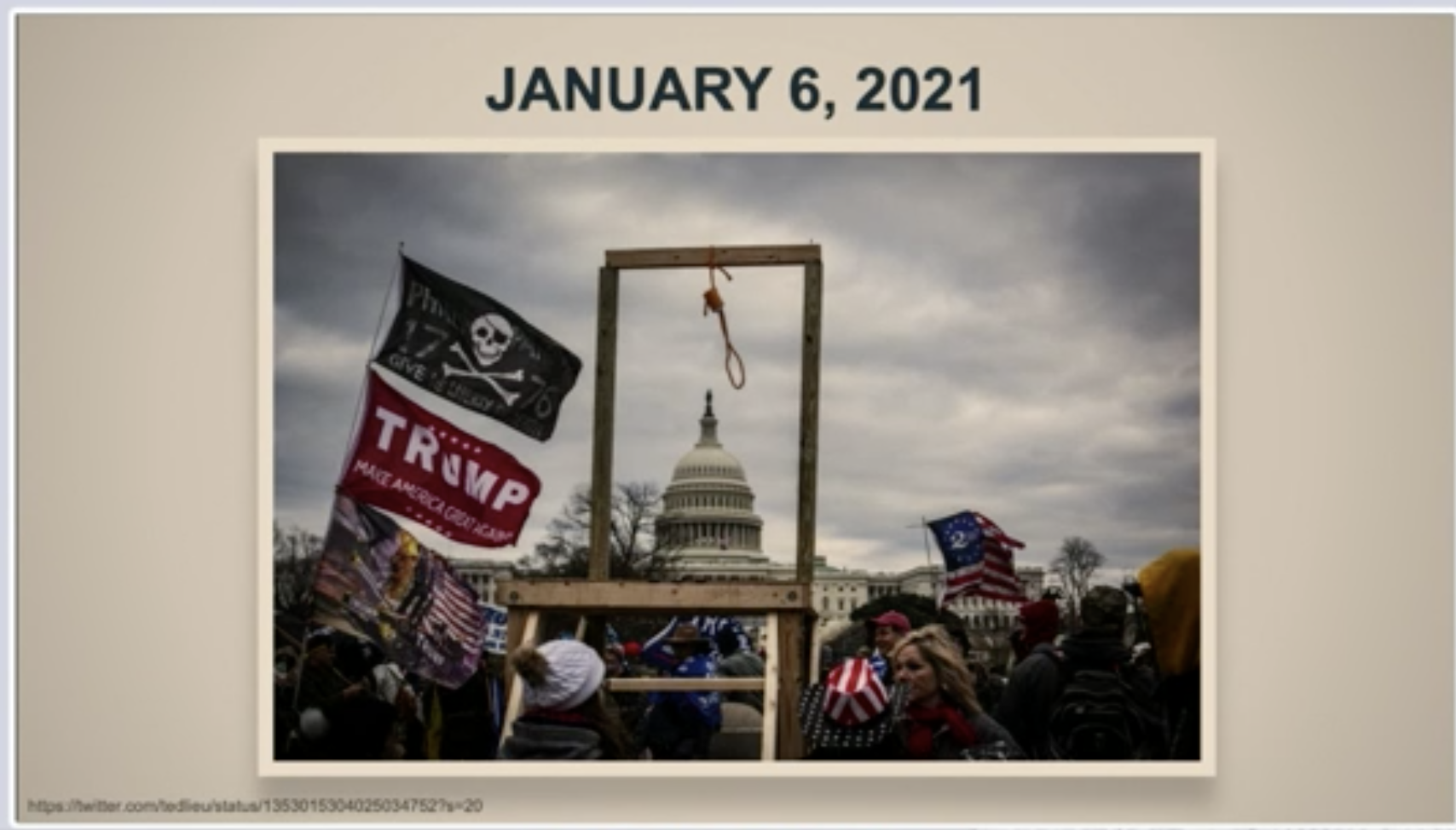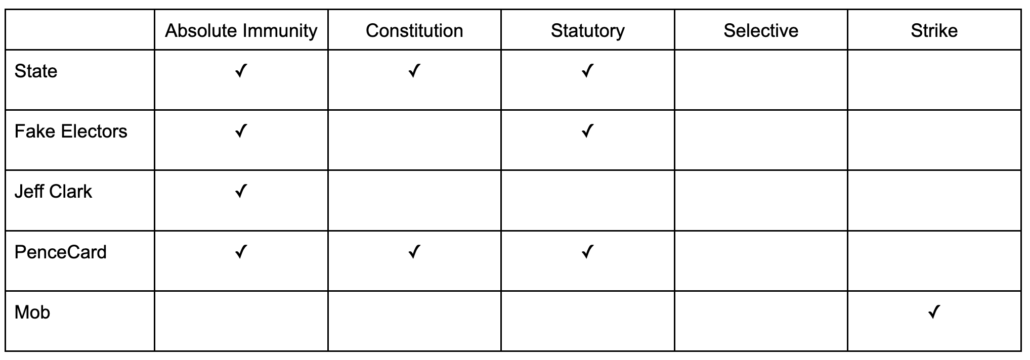As I laid out last week, Trump’s lawyers want to make the entire immunity discussion about his January 6 indictment about Mike Pence; they had wanted to do so after the election. They argued in their status report that Jack Smith will be unable to rebut the presumption invented by John Roberts that discussions with Mike Pence are immune from prosecution.
[I]n Trump, the Supreme Court held that President Trump is “at least presumptively immune from prosecution for” all alleged efforts “to pressure the Vice President to take particular acts in connection with his role at the certification proceeding.” Trump v. United States, 144 S. Ct. 2312, 2336 (2024). These same allegations are foundational to the Superseding Indictment and each of its four counts. See Doc. 226 at ¶¶ 5, 9(b), 11(c)-(d), 14, 51(b), 55, 67–90, 99–100. If the Court determines, as it should, that the Special Counsel cannot rebut the presumption that these acts are immune, binding law requires that the entire indictment be dismissed because the grand jury considered immunized evidence. Trump, 144 S. Ct. 2312, 2340 (2024) (“Presidents . . . cannot be indicted based on conduct for which they are immune from prosecution.”).
The Special Counsel’s inability to rebut the presumption as to Pence is dispositive to this case. The special counsel will be unable to do so as a matter of law, thus rendering the remainder of the case moot. Trump, 144 S. Ct. 2312, 2337 (2024) (“We therefore remand to the District Court to assess in the first instance, with appropriate input from the parties, whether a prosecution involving Trump’s alleged attempts to influence the Vice President’s oversight of the certification proceeding in his capacity as President of the Senate would pose any dangers of intrusion on the authority and functions of the Executive Branch.”). [emphasis original]
As it became clear at last Thursday’s hearing that Judge Tanya Chutkan wasn’t going to let Trump delay until after the election, Trump’s attorney, John Lauro, made a number of desperate bids to — first — limit the entire immunity discussion to Mike Pence, and then limit that discussion to legal issues, not evidentiary ones. This seems to be an effort to prevent actual facts, including previously undisclosed ones, from being disclosed before the election.
Here’s how Lauro described it. All sides agree that the immunity decision treated conversations between the President and the Vice President as presumptively immune (though Judge Chutkan stumbled on this once). Lauro asserted that the standard the Supreme Court set on whether prosecutors could rebut this presumptive immunity was whether using conversations between the President and his Vice President would intrude on important presidential functions. If it would, those conversations would have to be immunized and, because the grand jury was exposed to them in the process of superseding the indictment, the entire indictment would have to be thrown out.
MR. LAURO: That’s what I’ve said, that that’s an official act.
So as a matter of — as an initial matter, the issue before the Court is whether or not the Government can overcome the presumption, whether or not they can show that there’s no way, no possible way, that the lack of immunity would result in an intrusion on an important presidential function.
They can’t show that. And if, in fact, the communications with Vice President Pence, which are all over this indictment, if, in fact, those are immune, then that entire indictment is improper and illegitimate. And that’s a gateway issue that your Honor needs to decide right away.
That can be decided without an evidentiary hearing. That could be decided as a matter of law guided by counsel, which is exactly what the Supreme Court suggested.
A bit later in the hearing, Lauro argued that Judge Chutkan could first rule on the legal issues — the ones the Supreme Court already did rule on — and only then turn to the evidence.
MR. LAURO: [T]he issues here, your Honor, at least initially, can be decided on a legal basis. Obviously, there’s some room for your Honor’s determination as to the timing. But the structure, the sequencing, makes perfect sense in terms of the way we proposed it.
That’s when he raised the election.
MR. LAURO: These important issues, which the Supreme Court has said are of great magnitude to the country, should not be decided by an asymmetrical proffer from the Government without President Trump’s ability under due process, the Fifth Amendment and the Sixth Amendment, to meet these witnesses and cross-examine them. That would be an inherently unfair and inequitable process.
THE COURT: It’s not unfair in the sense that you don’t get an opportunity to address the issues. You’re just doing it in a different sequence. There’s nothing inherently violative of due process by the Government filing an open brief and your getting an advance look at their arguments, have a chance to respond and address them. The Government replies. And if you want to file a sur-reply, you can ask for leave to file a sur-reply. But there’s nothing inherently unfair in that. It’s just a matter of who goes first.
MR. LAURO: Well, it’s incredibly unfair in the sense that they’re able to put in the public record at this very sensitive time in our nation’s history —
THE COURT: Ah.
Judge Chutkan dismissed the notion that any of this should be delayed in light of the election because it — Trump’s past action — is not a dispute about this election.
THE COURT: Let’s just — let’s just discuss what the sensitive time is. I understand there is an election impending, and I’ve said before and I say again that the electoral process and the timing of the election and what needs to happen before or shouldn’t happen before the election is not relevant here. This Court is not concerned with the electoral schedule. Yes, there’s an election coming. But the sensitive time that you’re talking about, if you’re talking about the timing of legal issues and the timing of evidentiary issues in relation to when the election is, that’s not — that’s nothing I’m going to consider.
MR. LAURO: I’m not asking you to consider it. But the courts have routinely said that courts should not be drawn into election disputes. And there is an inherent unfairness in the legal process —
THE COURT: Oh, I am definitely not getting drawn into an election dispute.
MR. LAURO: Right. And what I’m saying is that this process is inherently unfair, particularly during this sensitive time that we’re in.
Then, after Lauro raised issues of discovery and grand jury testimony, he doubled and tripled down on his bid to keep this evidence out of the public view before the election, leading to this crescendo, before Judge Chutkan cut him off.
But for them to selectively decide how they want to portray their case before we move to dismiss is completely contrary to the Rules of Criminal Procedure. It shows fundamental unfairness never before seen in a district court.
And it’s exactly the kind of proceeding that the Supreme Court said should never take place, and it’s the reason that the Supreme Court, I believe, in part ruled as it did, that these issues are very important. They need to be developed with some legal care in a very transparent and careful way.
This is not behind-the-envelope — or back-of-the-envelope jurisprudence. This has to be done in a very, very deliberative way.
What we’re suggesting is your Honor deal with the legal issues first in accordance with the Supreme Court ruling and then turn to the merits of the evidentiary issues that need to be developed. That way, it’s structured. If your Honor decides — and your Honor may very well decide — that the information relating to Vice President Pence is not only presumptively immune, but immune, then that indictment has to be dismissed.
Why do we go through merits arguments on presidential immunity when as an initial matter the Court can dismiss this case right away? And that’s exactly what the Supreme Court said you should look at. Let’s deal with the gateway issues first. And that’s the way the Court structured the opinion.
THE COURT: Well, when the Supreme Court considered this case, Mr. Lauro, they had the original indictment in front of them, which set forth all the communications with the former vice president that are — that you’re talking about.
They could have ruled then that the indictment was so permeated with those kinds of contacts that it should be — that it couldn’t hold up. They didn’t. They sent it back to me to make certain findings, not just with regard to those communications, but with regard to all the allegations in the indictment.
So I’m not sure that I agree with you that as a matter of law I could just dismiss the indictment based on the Supreme Court’s — dismiss the superseding indictment based on the Supreme Court’s decision at all.
MR. LAURO: Of course you can. Because the Supreme Court — and the ruling is clear, crystal clear — has already decided that the communications with Vice President Pence are official acts within the outer perimeter of the presidential responsibility. That is the case law of this case right now.
The only issue with respect to Vice President Pence is whether or not they can overcome the presumption of immunity, which is an incredibly high bar. They have to show that under no circumstances, under no circumstances is there any intrusion with respect to the authority and responsibility of the presidency in light of those communications.
That’s an incredibly high bar. Your Honor can decide that as a legal issue guided by counsel. We can make whatever proffers are necessary.
If your Honor decides that that is immune, then the whole indictment craters. It goes away. Because the Supreme Court decision made very clear you can’t use immunized testimony with respect to an indictment or otherwise at trial.
So this is a logical way for the Court to deal with these issues. What they’re suggesting — and I don’t think your Honor is suggesting it, but asking questions about it — is that we leapfrog over the legal issues. We get —
THE COURT: That’s not what I’m suggesting.
MR. LAURO: No. I’m not suggesting you’re suggesting it. I’m suggesting that’s what they’re suggesting.
THE COURT: I actually don’t think that’s what they’re suggesting.
MR. LAURO: Well, they are in this respect: They’re suggesting they leapfrog into merits-based argument over all the official acts. Right? They’re going to do their big proffer.
All of that is wasted time if your Honor decides initially that the Pence communications are immune and they didn’t overcome the presumption.
We can avoid months and months of briefing by your Honor dealing with the gateway issue first. That’s exactly what the Supreme Court said you should be doing.
THE COURT: All right. I think I’ve — you’ve made your argument on that point.
There’s nothing legal available to Judge Chutkan that wasn’t already available to the Justices. There’s no conceivable way SCOTUS could have imagined Chutkan could carry out this inquiry without looking at the facts. And Lauro is misrepresenting SCOTUS’ concern with a jury seeing such immunized communications and a judge seeing them — after all, judges routinely weigh in on whether things like Speech and Debate communications are immunized, most recently in Scott Perry’s challenge to a warrant for his phone.
Now, Lauro may not be wrong that when SCOTUS reviews this after the election, they’ll agree that the bar is as “incredibly high” as Lauro suggests. We all thought he was batshit when he said the President would have this kind of immunity the first time, but he ended up rightly predicting that the Republican members of SCOTUS were that corrupt.
Here’s what the immunity decision actually said.
Whenever the President and Vice President discuss their official responsibilities, they engage in official conduct. Presiding over the January 6 certification proceeding at which Members of Congress count the electoral votes is a constitutional and statutory duty of the Vice President. Art. II, §1, cl. 3; Amdt. 12; 3 U. S. C. §15. The indictment’s allegations that Trump attempted to pressure the Vice President to take particular acts in connection with his role at the certification proceeding thus involve official conduct, and Trump is at least presumptively immune from prosecution for such conduct.
The question then becomes whether that presumption of immunity is rebutted under the circumstances. When the Vice President presides over the January 6 certification proceeding, he does so in his capacity as President of the Senate. Ibid. Despite the Vice President’s expansive role of advising and assisting the President within the Executive Branch, the Vice President’s Article I responsibility of “presiding over the Senate” is “not an ‘executive branch’ function.” Memorandum from L. Silberman, Deputy Atty. Gen., to R. Burress, Office of the President, Re: Conflict of Interest Problems Arising Out of the President’s Nomination of Nelson A. Rockefeller To Be Vice President Under the Twenty-Fifth Amendment to the Constitution 2 (Aug. 28, 1974). With respect to the certification proceeding in particular, Congress has legislated extensively to define the Vice President’s role in the counting of the electoral votes, see, e.g., 3 U. S. C. §15, and the President plays no direct constitutional or statutory role in that process. So the Government may argue that consideration of the President’s communications with the Vice President concerning the certification proceeding does not pose “dangers of intrusion on the authority and functions of the Executive Branch.” Fitzgerald, 457 U. S., at 754; see supra, at 14.
At the same time, however, the President may frequently rely on the Vice President in his capacity as President of the Senate to advance the President’s agenda in Congress. When the Senate is closely divided, for instance, the Vice President’s tiebreaking vote may be crucial for confirming the President’s nominees and passing laws that align with the President’s policies. Applying a criminal prohibition to the President’s conversations discussing such matters with the Vice President—even though they concern his role as President of the Senate—may well hinder the President’s ability to perform his constitutional functions.
It is ultimately the Government’s burden to rebut the presumption of immunity. We therefore remand to the District Court to assess in the first instance, with appropriate input from the parties, whether a prosecution involving Trump’s alleged attempts to influence the Vice President’s oversight of the certification proceeding in his capacity as President of the Senate would pose any dangers of intrusion on the authority and functions of the Executive Branch.
But there are three underlying tensions here.
First, quite early on, in the first time Lauro presented this argument to Judge Chutkan, she described that she wouldn’t be doing what SCOTUS told her to do if she didn’t conduct a fact-based analysis. She noted, as she would later, that the Supreme Court had everything Lauro claimed she could rely on — the indictment — but they didn’t make the legal decisions he said she could make without reviewing the evidence.
But when she made that argument the first time, she noted that she could be reversed (this would include the DC Circuit) if she didn’t conduct this fact-bound analysis.
Then Judge Chutkan, whose original opinion seemingly stated basic facts inherent to the Constitution was reversed by a decision that dramatically rewrote the Constitution, repeated, again, that she could be reversed no matter what.
MR. LAURO: That can be decided without an evidentiary hearing. That could be decided as a matter of law guided by counsel, which is exactly what the Supreme Court suggested.
THE COURT: I actually don’t think so, Mr. Lauro. The Supreme Court had the indictment before it. They decided — they ruled on these three categories. And certainly conversations with an existing vice president may be subject to the presumptive immunity that you talk about. But one of the things I have to decide is whether, based on facts presented to me by the Government, those conversations, those contacts, are somehow outside of his official duties.
MR. LAURO: I —
THE COURT: And I don’t think I can decide that as a matter of law. I think I would be — I would be risking reversal if I tried to decide that as a matter of law.
MR. LAURO: I would ask your Honor to reconsider —
THE COURT: I’m risking reversal no matter what I do.
Given the Calvinball the Supreme Court is playing with the Constitution, there’s literally no way she can avoid reversal by someone. So Lauro’s procedural complaint rings especially hollow. She’s likely to be reversed by somebody before this is over. I do agree she’s doing what SCOTUS told her, but even if she weren’t, all the normal incentives would be gone.
Plus, my guess is that Jack Smith will start from a different point, one Lauro never considered. The Supreme Court’s opinion assumed everything the President did was in the persona of the President. But the Blassingame decision that they pointedly did not address, at least, imagines that as candidate-for-President, nothing Trump did was an official act. When the President asks the Vice President to cast a tie-breaking vote to confirm a judge, he’s doing so as President. But when a candidate asks his running-mate to throw out 81 million votes, he’s doing so as a candidate, not a President.
And that’s something that Chutkan missed when she reminded Lauro, twice, that. “the original indictment in front of [SCOTUS …] set forth all the communications with the former vice president that are.” Not all the communications with Pence from the original indictment are in there. The superseding indictment took out several references Trump made, in conversations with Pence, to the Justice Department.
On December 29, as reflected in the Vice President’s contemporaneous notes, the Defendant falsely told the Vice President that the “Justice Dept [was] finding major infractions.”
[snip]
76. During the meeting, as reflected in the Vice President’s contemporaneous notes, the
Defendant made knowingly false claims of election fraud, including, “Bottom line-won every state by 100,000s of votes” and “We won every state,” and asked-regarding a claim his senior Justice Department officials previously had told him was false, including as recently as the night before-“What about 205,000 votes more in PA than voters?”
That’s important for two reasons. First, because it provides even further reason for Chutkan to conduct a fact-bound analysis.
But it also raises the question: What happens when Trump tries to reintroduce these references to DOJ? If he tries to use them to prove that Trump was speaking in his role as President, does that amount to a waiver of the immunity that Trump has worked so hard to get?
John Lauro worked hard to insist that everything involving Pence be excluded without closer review. But unless he invents a procedural reason to forestall DOJ’s memo on September 26, DOJ will get one (or two, with the reply) chances to lay out — before the election — how Trump tried to use his incumbency, and Mike Pence’s role as President of the Senate, to steal an election against from Joe Biden and the woman who currently is the President of the Senate.

